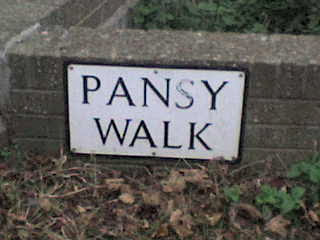The tu/vous distinction is very salient in Dutch. Younger people are probably more inclined to say 'je' (tu) to more people than older people, and of course that's a reason that the language and the country are both going to the dogs. Not like in the polite good ol' days, anyway. This means that any choices for 'je' or 'u' (vous) in the media are very important, and most interviews begin with some metalinguistic comment about choosing 'je' "because we've known each other for quite some time".
This morning VPRO's Marathon Interview with Marjolijn Februarie started with the question
"Heeft u liever dat ik 'je' zeg of heb je liever dat ik 'u' zeg?"A nice and balanced way around the problem.
She chose 'je', by the way.

